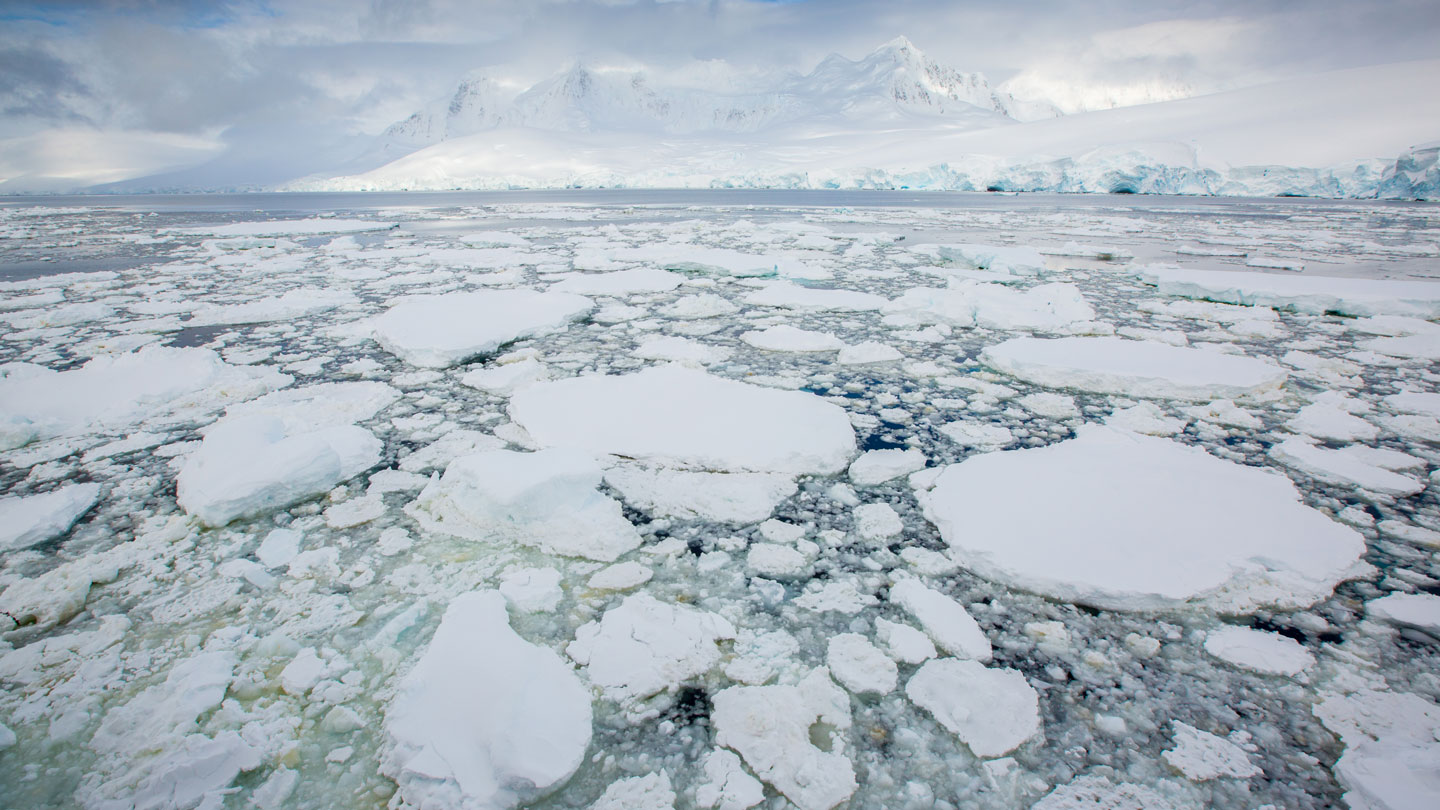Something strange is happening to the Antarctic’s sea ice. The areal expanse of floating ice fringing the continent is not only at a record low for this time of year — surpassing a record just set in 2022 — but ice extent has been hitting record lows throughout the year.
NSIDC uses satellite-gleaned data, collected daily, to keep an eye on the spread of sea ice at both poles. Throughout most of 2023, the ring of sea ice around Antarctica has repeatedly set new record lows, staying well below the average extent from 1981 to 2010. On February 21 — the height of the Southern Hemisphere’s summer — the sea ice expanse hit an all-time low since record-keeping began in 1978, of 1.79 million square kilometers. That’s 130,000 square kilometers — about the size of the state of New York — smaller than the previous recorded minimum, reached on February 25, 2022.
Even as the Southern Hemisphere shifted into winter, Antarctic sea ice remained at record low levels. On June 27, the ice was dotted across about 11.7 million square kilometers of ocean. That’s about 2.6 million square kilometers below the 1981–2010 average, and about 1.2 million square kilometers below the previous lowest extent on record for June 27, set in 2022.
Unlike Arctic ice, whose dwindling is known to be closely tied to global warming, it’s been harder to parse the reasons for changes in Antarctic sea ice extent. That difficulty has made it unclear whether changes are the result of natural variability or whether “something big has changed,” Serreze says.
2023-07-05 08:00:00
Article from www.sciencenews.org





















